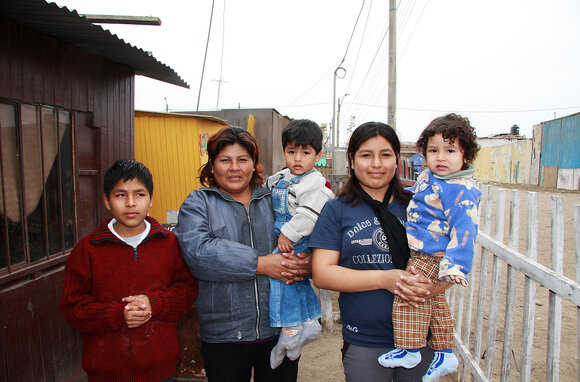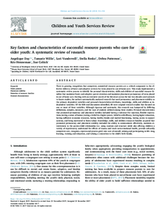This page contains documents and other resources related to children's care in the Americas. Browse resources by region, country, or category.
Displaying 1001 - 1010 of 1438
This study implemented a systematic review process to identify the personal characteristics, skills and abilities of successful resource families that maximize foster and adoptive parent retention and maximize placement permanency of teens placed in out of home care.
This study tested relations among maltreatment history, coping behavior, and substance use behavior in youth residing in foster care.
Guided by the Cultural Competence Attainment Model, the purpose of this study is to examine how socio‐demographic and work characteristics are associated with variations in child welfare professionals' (CWPs) attitudes about father involvement and family instability and how these attitudes are linked with whether they view relationship and marriage education as relevant to their efforts to support families.
This phenomenological study explored the “lived” experience of OoHC from the perspective of 4 adult care leavers reflecting on their childhood.
The purpose of this study is (1) to examine trends in placement use and placement stability since the reform and (2) to document the current frequency of each type of placement setting, the cumulative time in care before the exit to permanency, and the sustainability of the permanency outcome.
This report presents the results of a scientific research on the topic of Social Exclusion of Vulnerable Youth, commissioned by SOS Children’s Villages Netherlands.
This webinar, from the U.S. National Child Traumatic Stress Network, as part of its Childhood Traumatic Grief e-learning series, describes the impact of traumatic separation, attachment, and attachment disruption on children and adolescents.
This study contributes to current research on the behavior problems of children in foster care by analyzing a more comprehensive set of concurrent child history and contextual predictors.
This article compares blank care order application templates used in four countries (England, Finland, Norway, and USA (California)), treating them as a vital part of the ‘institutional scripts’ that shape practice, and embody state principles of child protection.
This study examined factors associated with extracurricular participation and whether participation in extracurricular activities is associated with completing high school and attending college among a sample of older youth transitioning from foster care.



